|
Buda and Pest, separated by the Danube River, represent two halves that make the whole. Similar to what I mentioned in my previous blog post about the Sun and the Moon, Yin and Yang, cool and warm, Budapest thrives on contrast and balance. Buda's hills and cliffs were the home of the Royal Palace and Royal Castle since 1265 CE and, in contrast, Pest was a separate city on the flat Eastern side of the Danube, until the construction of the Chain bridge that unified the cities in 1873. The coat of arms for Pest even shows a royal crown highlighted like a sun and a contrasting moon on the other side. As I stroll and bike-ride through the cobblestone pathways, I see detailed evidence of war heroes, kings, and art movements sprinkled throughout architecture, sculptures, and even bridges. These intricate and visually aesthetic forms do contrast with some of the more dreary aspects of graffiti, communist architecture, and monuments of those sacrificed for another idealism. The Hungarian people settled in this thermal spring oasis as Magyar tribes after hunting and wondering for hundreds of years. Even though winters can be harsh in this region, people have been flocking to these 80 thermal baths with very hot contrasting temperatures ever since their discovery. Settlement began in 896 CE while growth and change morphed this culture to be a civilized world power in the twentieth century as the Austro-Hungarian Empire. This change was a shift in opposites, an energy like sunshine, causing a balance: nomadic to civilized. The height of these developments can be seen through a culture's art: classical corinthian, ionic, and doric columns supporting triangular piedmonts. Bronze statues of the kings tell the storybook version of the heroes of Hungary. Vajdahunyad Castle, designed by Ignác Alpár, was built with a piece of architectural intelligence from many eras in the Hungary's architectural past: Romanesque, Gothic, Baroque, and Renaissance. Finally, Art Nouveau's organic influence brings much of the city to life with leaves and flowers incorporated into metro signs, street lamps, bridges, gates, etc. Further, Budapest shifted again in the twentieth century to a darker side of the moon. Budapest was oppressed for approximately 55 years by a violent and dark communist empire. The opposite of freedom and beauty, the Soviets plunked on dreary, simple gray apartments and buildings, void of style and detail, face to face with the city's gems. The nearby iron curtain left artists and travelers trapped and unable to see stimulation and inspiration through travel in other parts of the world. When the oppression and terror finally ended, the statue of liberty (that was first set up as a symbol of liberation, by the Soviets, from the Nazi Germany occupation in 1947) was covered and then redisplayed to show a new freedom when the oppressing Soviet communism lost its reign on Budapest. Today, cutting edge Hungarians have "seen the light" as they are creating softwares and technology for the future, including Prezi cloud presentation system and a biometric technology palm scanner, along with LiTraCon, a light transmitting concrete that is a mix of concrete and optical glass fibers. Sometimes they are balancing on foot or lunging forward, sometimes they are demonstrating support of the building with their body. Further, some figures are using the sun's energy for war. While another is using the moon's energy for peace and quiet. At other times, these figures are falling in defeat, or sitting tall in reverence or meditation. As a traveler, one can even notice these contrasts in the the daily shift from cloudy to sunny, stormy to peaceful, warm to chilly. Budapest has a timely and bustling airport and metro system, however international train travel takes us back 30-40 years in a decrepit office with long lines and hand written tickets that cannot be purchased online. More contrasts of yin and yang, energetic and relaxed, positive and negative appear in the street art, also known as graffiti that is popular in ruin pubs. Phrases like, "Never miss an opportunity to be fabulous" and "Breathe...Relax" are paired with outlines of middle fingers and phrases like, "Say Maybe to drugs." Budapest today is a lovely, clean, and affordable central urban space and I recommend it for anyone who would like a taste of Europe and who has open eyes to see and feel the balance within its humanistic and artistic circle.
1 Comment
Becky
8/5/2015 01:01:28 pm
Wow, so interesting and beautiful!
Reply
Your comment will be posted after it is approved.
Leave a Reply. |
Hannah Faulkner
|

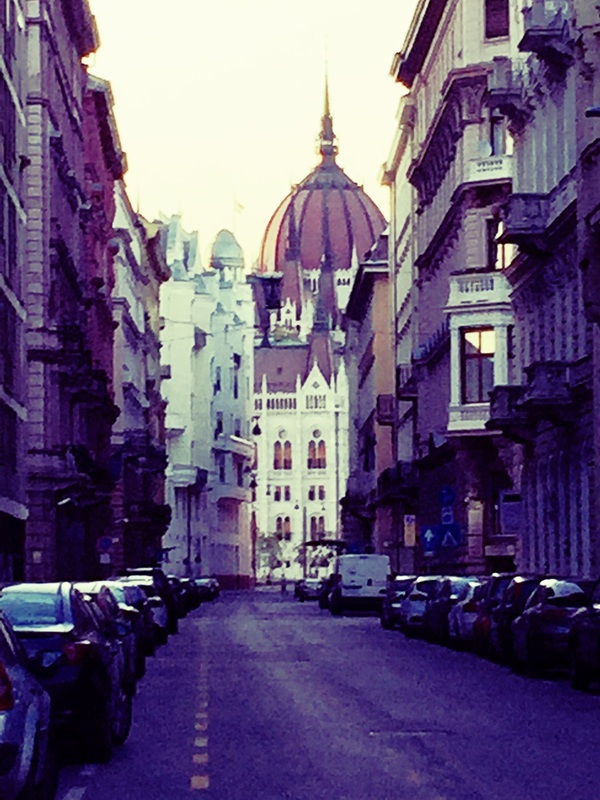

















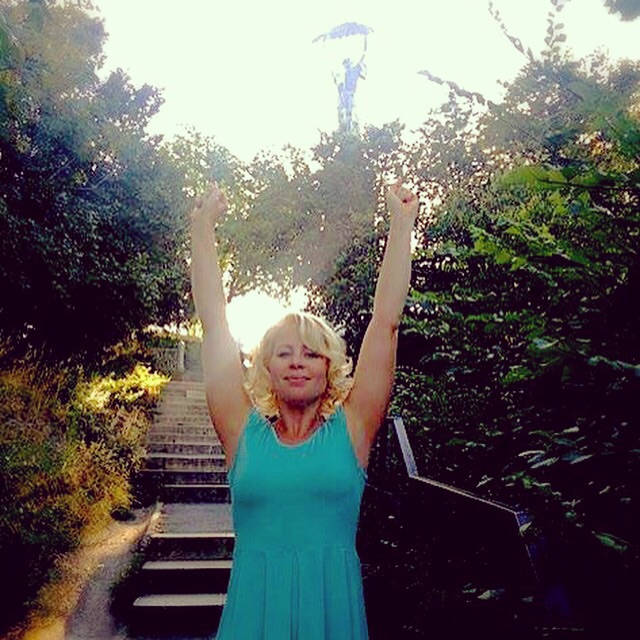

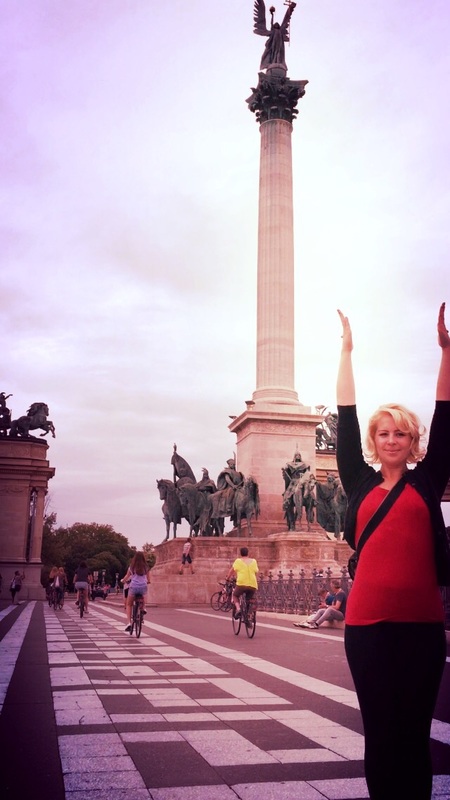






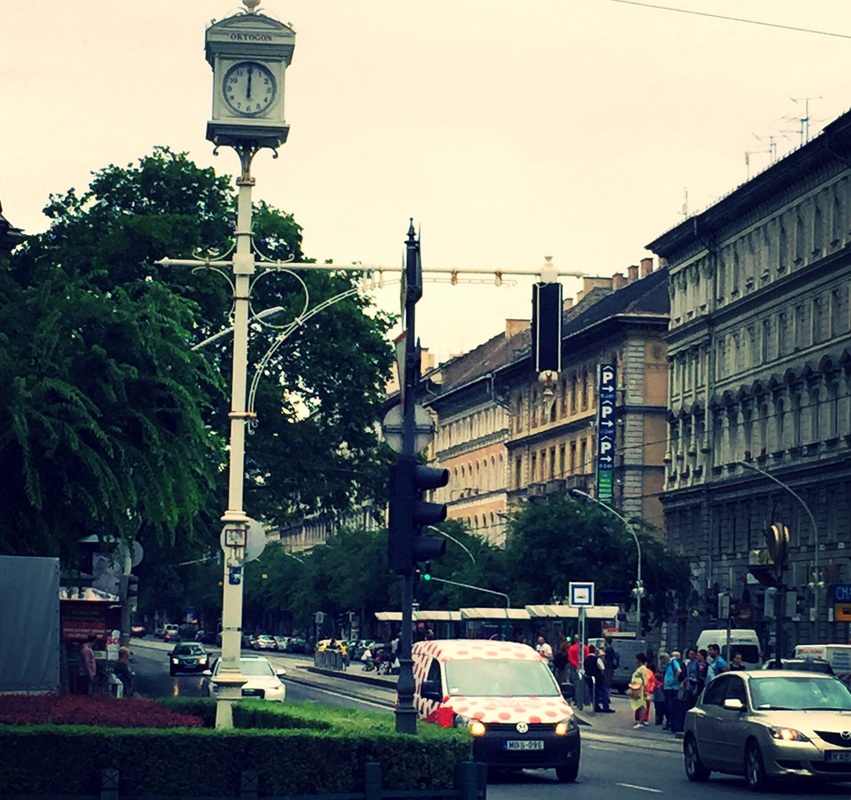
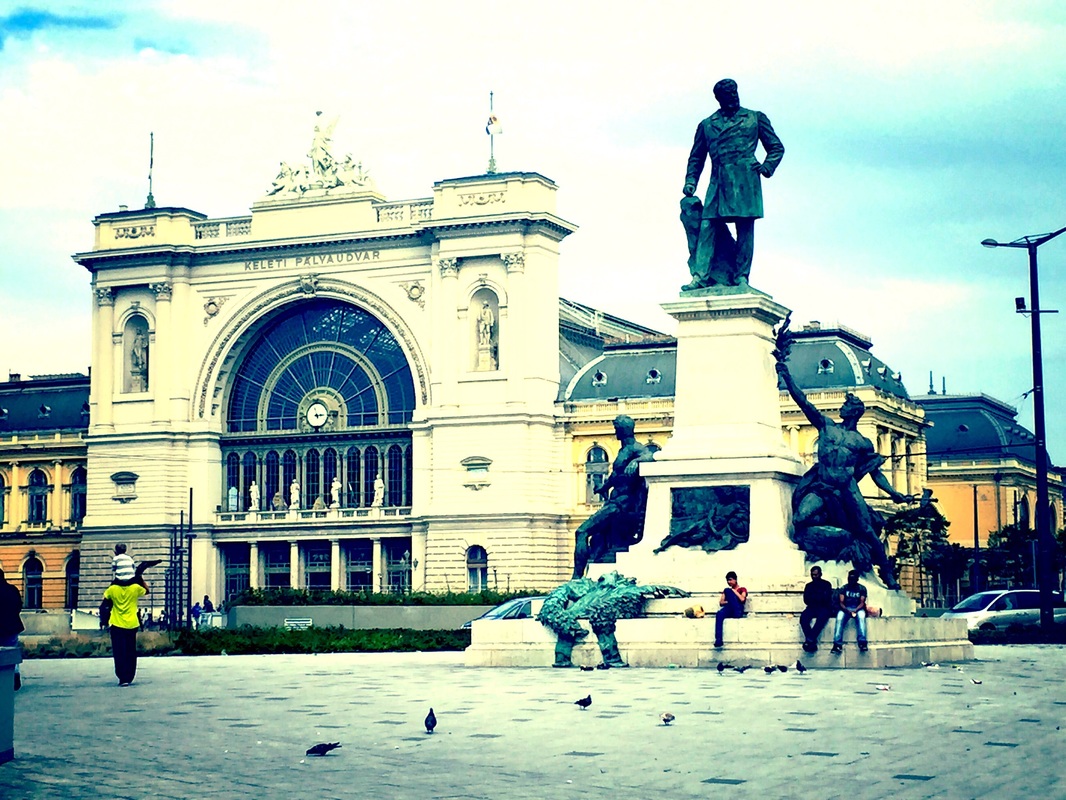


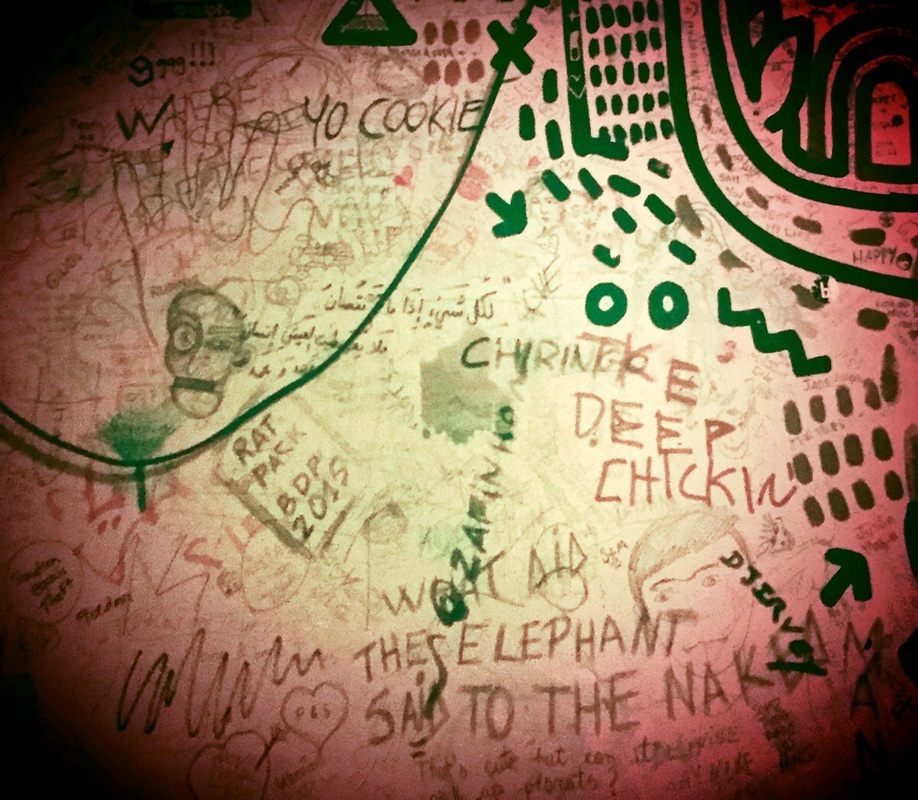



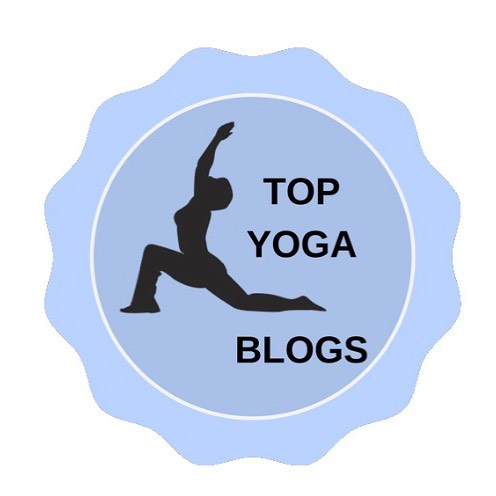










 RSS Feed
RSS Feed